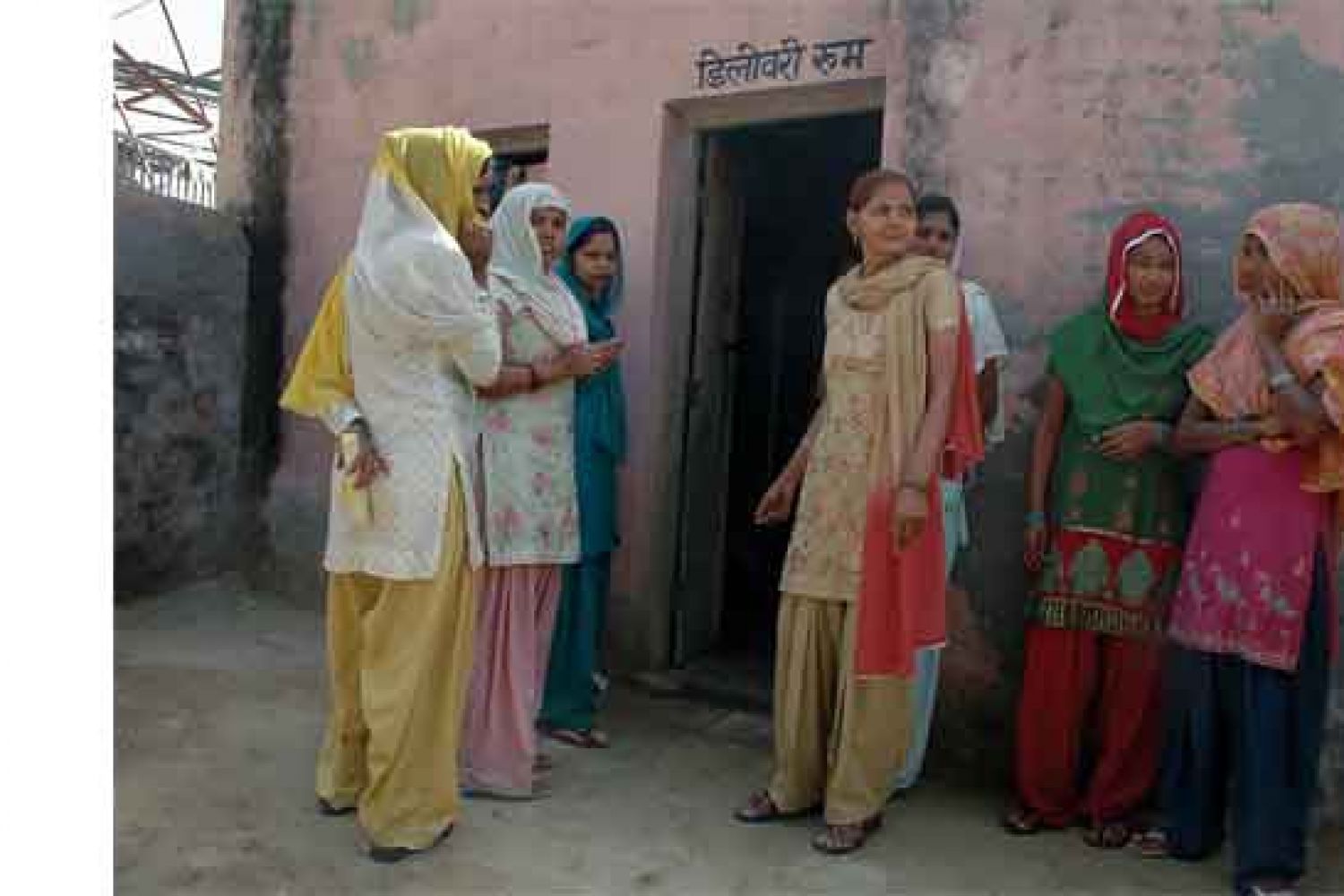
Bahrana village in
Haryana’s Jhajjar district is no different from any other in the state. The air
in the lanes smells no different, the breeze is the same, and the sunshine no
harsher. People are the same, too; dressed mostly in white, men gather under
the shade of a tree playing cards and tossing smoke in the air, while women
work at their household chores.But run your eyes over
the children running around the lanes and by-lanes. You do see a difference; it
stares you in the face. Wher
Continue reading “No girls, please, we’re in Haryana”
Read this story with a subscription.





